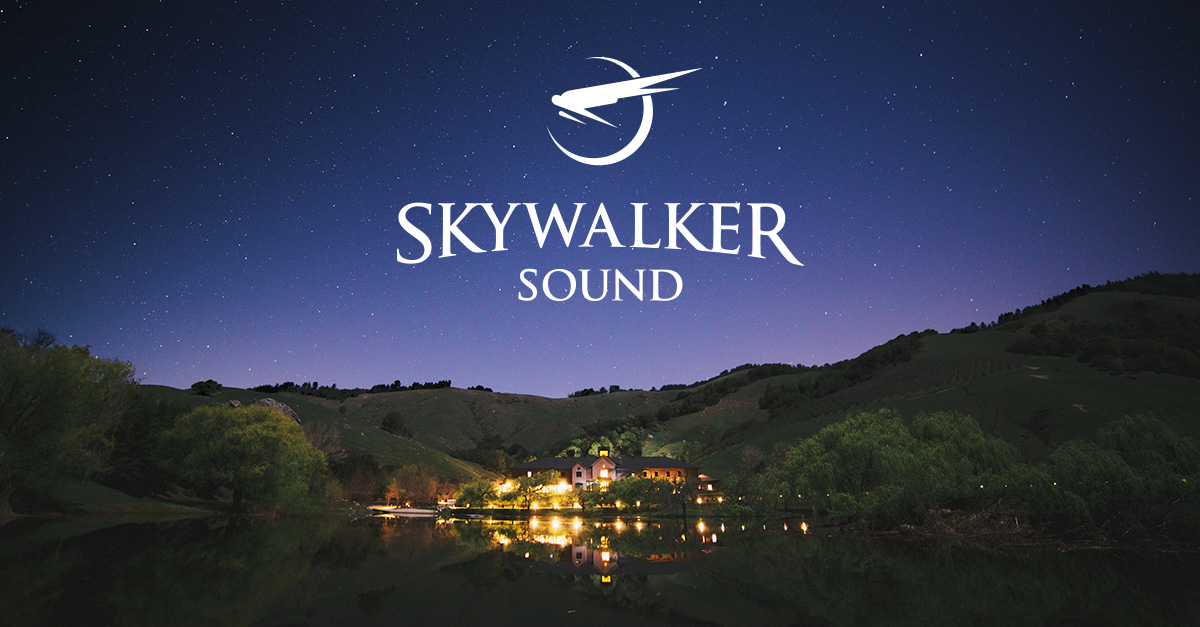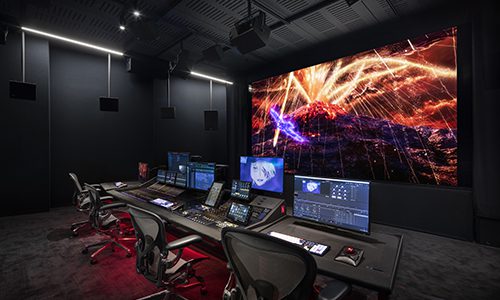Here’s the thing. Maybe yes, maybe no. Once you get to that level of performance, many speakers work well.Wow, this looks great.Do you think the sound quality of Bluehorn is better than that of 8381?
But no microphone is perfectly linear. What is the true sound of a lightsaber? By using the same speakers that the actual movie creators are using, you have the best chance for replicating the true intended sound.
@Andysu likes a lot of older movies. He used a full vintage JBL Cinema setup with cinema grade Dolby processors. This is exactly the reference sound you would have had in the heyday of THX Cinema. The Meyer Sound is what you get from the majority of modern productions. Many broadway shows use Meyer Sound too… so, if you liked the sound of Wicked live, that was on Meyer Sound.
Take the time to listen to this recording that was put out by JBL in the 1970s. Think of it like a TED talk.
The point here is that even in 1970, music is heavily modified from the recording and it’s even more of a manipulation in the present day.
So, Genelec, Alcons, Meyer Sound, JBL M2? All world-class. But if you live in the U.S., when push comes to shove, the Directors Guild of America had a shootout between JBL and Meyer Sound which led to Meyer Sound winning.

First Look: Directors Guild Unveils Renovated Theater With Help From Jon Favreau, Christopher Nolan and More
Just in time for awards season, the guild unveils a tech-forward, "optimally impactful" renovation led by an auteur dream team, which also included Michael Mann, Michael Apted, Shawn Levy and Betty Thomas.
Congrats on having the financial resources to build a dream setup.
The Director’s Guild of America had the same position of building a dream theater. They got
Michael Mann
Michael Apted
Jon Favreau
Shawn Levy
Christopher Nolan
Betty Thomas
Together and ended up with Meyer Sound after a full on shootout with company representatives tuning the system.
And Skywalker Sound isn’t just Star Wars. Titanic, Avatar, etc.
I run Meyer Sound Amie’s which are the budget 2m listening distance model. I love them.

Meyer Sound Amie: First Impressions
Yes, these are already en route to @amirm for a formal spin on the Klippel NFS. $8160/pair MSRP (Sept 2023) Manufacturer's Website Specifications Frequency Response 45 Hz – 20 kHz ± 4 dB Phase Response 190 Hz – 20 kHz ± 45° Linear Peak SPL 120.5 dB with 18.5 dB crest factor (M-noise)...
 www.audiosciencereview.com
www.audiosciencereview.com



